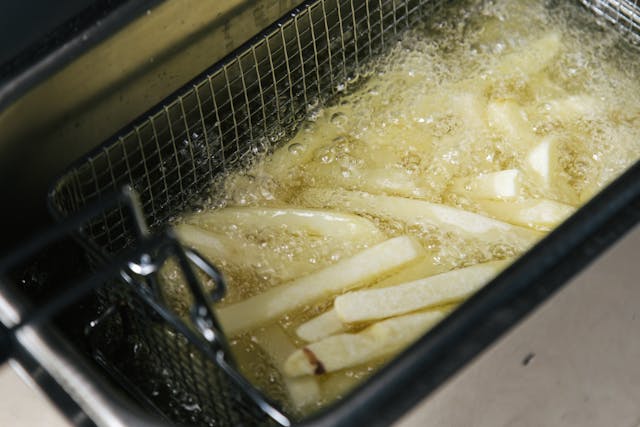
The crisp, satisfying crunch of well-executed fried foods can be a game changer for any restaurant’s menu. Yet, incorporating these indulgent delights requires more than just a deep fryer and some oil. From menu development to kitchen logistics, mastering the art of frying can elevate your customer experience, boost your sales, and diversify your offerings. Here’s how to seamlessly integrate fried foods into your restaurant operations.
Menu Integration to Craft a Balanced Offer
When introducing fried foods to your restaurant’s menu, the key is balance. Customers often seek variety, and while fried dishes are popular, they should complement rather than dominate your offerings. Start by identifying gaps in your current menu where a fried element could enhance the flavors or textures.
For instance, if your appetizers are predominantly cold dishes, adding a warm, crispy option could round out the selection. Consider classic items with a twist—like spicy fried cauliflower bites or tempura green beans—to appeal to both traditionalists and adventurous eaters alike.
Integrating fried foods also offers an excellent opportunity to showcase local flavors or seasonal ingredients. A rotating special that features fried items can keep the menu more exciting and encourage repeat visits. Collaborate with your culinary team to create recipes that are both flavorful and photogenic; after all, a dish that looks irresistible on social media can attract customers eager to experience it firsthand.
Ensuring Kitchen Safety and Food Health
As you embrace the world of fried cuisine, keeping your restaurant as safe and healthy as it could be is necessary. The inclusion of fried items necessitates strict adherence to health and safety standards to prevent foodborne illnesses and ensure a safe working environment. This begins with proper training for all kitchen staff on the correct handling and cooking of fried foods. Temperature control is crucial, both in the frying process and in storage conditions prior to cooking.
Invest in high-quality fryers and ensure they are maintained regularly to avoid any risks of malfunctions or fires. Incorporate a system to monitor the quality and safety of the oil, keeping in mind that oil degradation can not only cause health risks but also compromise the taste of your food. Regular cleaning schedules should be enforced, with a focus on areas that might be affected by oil splatter, as this can be a slipping hazard. By prioritizing these aspects, you safeguard not only your staff and customers but also your restaurant’s reputation.
Streamlining Operations With Oil Filtration
The third step, and perhaps the most critical when it comes to more operational efficiency and food quality, is the implementation of an oil filtration system. Effective oil filtration extends the life of cooking oil by removing food particles and other impurities that degrade its quality. This not only helps in maintaining the flavor profile of your fried dishes but also reduces costs by minimizing the amount of oil needed over time.
An advanced oil filtration system can provide additional benefits, such as automated oil monitoring and replenishment, ensuring that your frying operations are always optimized for the best taste and safety. These systems help you maintain a consistent temperature and reduce the risk of overheating, which improves food safety and enhances the quality of the fried products. By incorporating these systems, you position your restaurant as a forward-thinking establishment that prioritizes customer satisfaction and operational excellence.
Designing a Fry-Friendly Kitchen Layout
As fried foods make their entrance into your menu, rethinking your kitchen layout can significantly improve efficiency and safety. A well-designed kitchen layout minimizes cross-contamination and ensures a smooth workflow, which is essential when incorporating high-volume frying. Position your frying stations close to preparation areas but ensure there’s enough space to prevent congestion. Equip these stations with sufficient storage for both raw ingredients awaiting frying and the finished products, ideally with a warming area to maintain optimal serving temperatures.
Incorporating multiple fryers, if space and budget allow, can be a game-changer. This setup enables you to dedicate fryers to specific types of foods (like meats, vegetables, or allergen-free items), reducing flavor transfer and allergen cross-contamination. Also, consider the placement of ventilation systems to effectively remove airborne grease and reduce odors, ensuring a more pleasant and safer working environment.
Training Staff for Excellence and Efficiency
The introduction of fried foods to your menu necessitates specific training for your kitchen staff. Educating your team on the intricacies of frying techniques, from the type of batter to use to the precise frying temperatures for different foods, is crucial. Comprehensive training not only enhances food quality and consistency but also ensures that staff can manage the fryers safely and efficiently.
